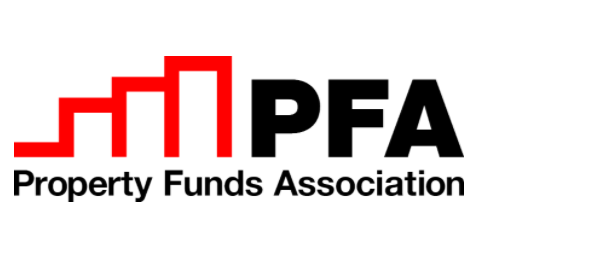
Highlights from the PFA/ShineWing webinar on non-bank lending
The PFA organised a recent webinar, kindly hosted by ShineWing Australia and moderated by Abi Chellapen, Taxation Partner at ShineWing Australia, to discuss the changing non-bank lending landscape and some trends which are emerging for property during the COVID-19 crisis in Australia.
Nerida Conisbee, Chief Economist at REA Group, provided insights into Australia’s property industry. Nerida said while we are in a recession like no other, there have been surprisingly positive results in employment figures and in property.
Residential property prices have held up fairly well, and most risk seems concentrated in areas with high development, such as the Melbourne CBD, which is experiencing high vacancies due to fewer international students. Some concerns include low migration levels: the longer migration is constrained the bigger potential impact on the housing market.
Interestingly, Nerida suggests the downturn in retail may not be as catastrophic as first feared. Across much of the country retail dipped but has since surged back – Victoria is currently the outlier. However, more power in tenants’ hands could impact rental income for retail landlords.
Some property winners across the COVID-19 downturn include:
· Canberra
· Perth – best performance since the mining boom
· Industrial property
· Rural & agribusiness property
· Residential in regional Australia, particularly northern New South Wales
Wayne Lasky, Co-Founder and Managing Director of MaxCap Group, gave an overview on how non-bank lending has been used in Australia. Wayne said non-bank lending was playing a bigger role in property projects leading up to COVID-19, a trend which has accelerated post-crisis.
Non-bank lending is poised to be more influential in the recovery due to a thirst for credit, and the need for solutions which are not “one size fits all”, as the diverse nature of projects within the property sector demand more specialised solutions.
While the big four banks will remain the key players, their influence is diminishing due to structural changes in the industry – the period post-GFC saw an over-reliance on the big four banks due to consolidation in the sector, but increased regulatory intervention and introduction of capital benchmarks has seen their market share diminish, with non-bank lending now winning a bigger share.
MaxCap estimates the commercial real estate funding gap to be about $59bn. Wayne said the non-bank sector has a critical role to play to ensure the seamless transmission of credit to credit worthy borrowers and commercial real estate assets. This is pivotal to Australia’s recovery.
Wayne said property sectors, including office and residential property, currently showed resilience – he would not be drawn on forecasts for Australian property but said we all need to check our “immediacy bias” when forecasting Australian property. For example, when considering immigration and its impact on residential property, we must remember the reasons for people wishing to move to Australia have not changed, and we can expect immigration to pick up again when the time is right.
Lawrence Kopping, Director at Eagle Property Group, a fund manager which specialises in repositioning ‘unloved’ properties, said companies are finding it harder to source debt in the current market, and that non-bank lending solutions will play a greater role.
Lawrence said non-bank lending would need to play a bigger role in repositioning strategies – he said the challenge in non-bank lending is pricing, but the opportunity is flexibility. In repositioning distressed property, there is an opportunity for equity release structures via lenders who are flexible and understand the different milestones involved with the repositioning – he said non-bank lenders are better placed than the mainstream banks for such strategies.
Lawrence said the value-add space in property was over-priced pre-COVID-19, but pricing is now back around true value.
The webinar recording and poll results can be found on the PFA website, please click here to view.
https://propertyfunds.org.au/index.php/news-and-resource/resources/past-presentations
Should you wish to contact us please do so on pfa@propertyfunds.org.au or Paul Healy 0411 306 604.
Kind Regards,
Paul Healy
PFA – Chief Executive Officer


